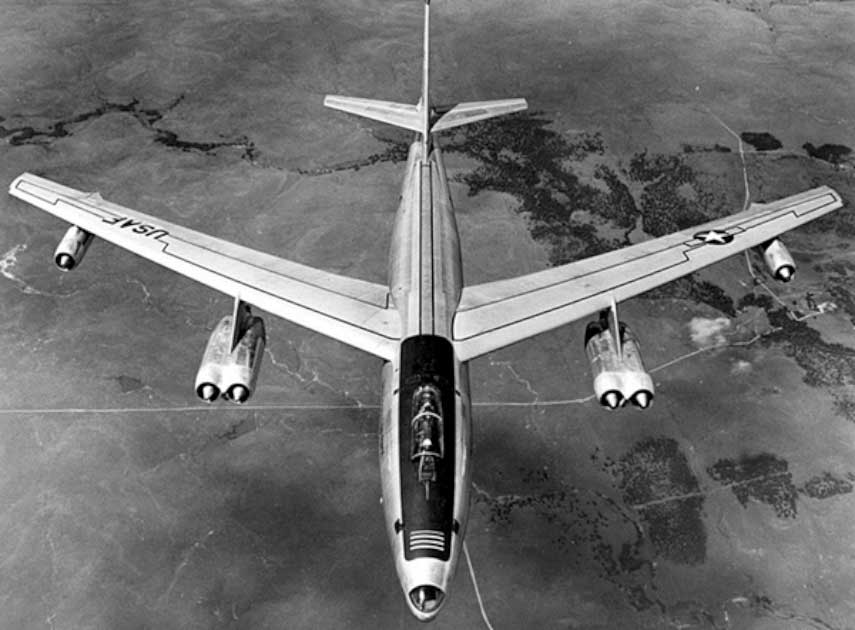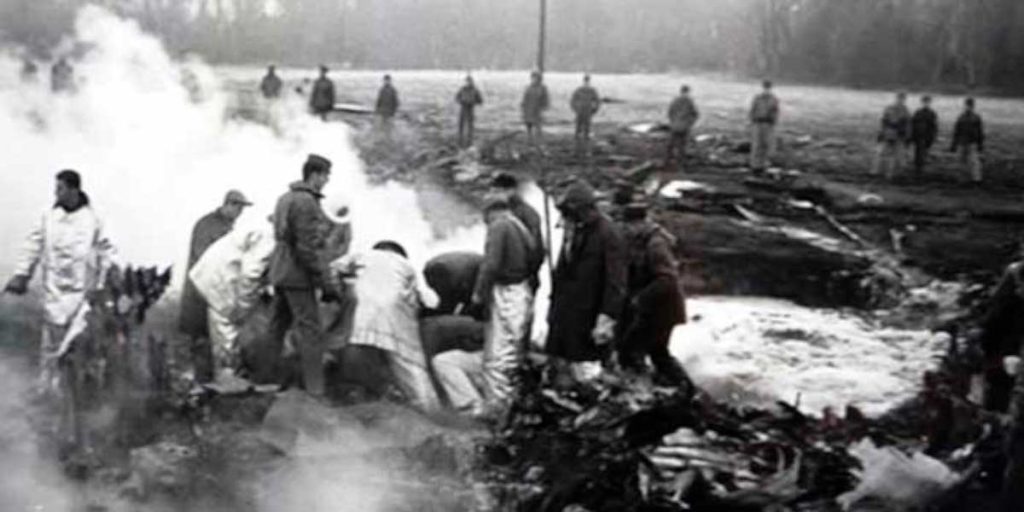Nuclear power is a marvel. On one hand it can provide a source of almost limitless energy from very compact generators which can be kept pollutant-free. On the other, it can be very dangerous and can create one of the most destructive powers in the world, capable of destroying entire nations.
Even with the world trying to create and maintain a peaceful balance on a global level, since World War II countries have been investing in developing nuclear weapons. The USA was the first.
And it is this primacy and the US nuclear stockpile which provides a large part of its international influence. But with great nuclear power comes great nuclear responsibility, which hasn’t always been achieved.
The simple truth is that the US has lost nuclear weapons from time to time, and they even have a code for such as event: “Broken Arrow”. In the years since 1950, the US has in fact had 32 Broken Arrow events, and although most were recovered it still lost six nuclear weapons. And it has no idea how to find them.
How do you Lose a Nuclear Bomb?
The first such incident occurred on 14th February 1950. The nuclear weapon was on B-36 Peacemaker flight 2075 that took off that day from Eielson Air Force Base near Fairbanks, Alaska. The flight had a crew of 17 people.
The Peacemaker was an enormous piston engine aircraft, bigger than a B-52 and with a wider wingspan. The flight that day was to take the huge bomber some 3,000 miles (4,800 km) south as part of war games simulating an attack on San Francisco.
The plane developed trouble during the flight as its six engines became iced up in the cold weather, causing them to fail. The plane could not stay aloft with such a heavy payload, so the decision was made to jettison the bomb and detonate it in a safe fashion. The plane itself however later crashed, with the loss of five crew.
It is unclear just how much weapons-grade uranium was lost in the incident, but the US were adamant that the plutonium core was not aboard. They also insisted that the weapon had been destroyed, but stories resurface from time to time that the Mark IV nuclear bomb on board was lost at sea, and is still down there somewhere.

The second Broken Arrow happened in 1956. On March 10, a B-47 Stratojet bomber flew with two nuclear cores that the military would develop into bombs. The plane was en-route from the United States to French Morocco when it suddenly disappeared. It probably crashed into the Mediterranean Sea but nobody knows what happened to it, and where the nuclear cores are now.
The next Broken Arrow happened two years later, on February 5, 1958. This incident also involves B-47 bombers like the previous incident. On that day a fleet of B 47 bombers left an air force base on Florida with a payload of a number of nuclear weapons under a training mission that simulated attacking Russian cities.
Near Savannah, Georgia, the bomber jet and an F-86 US fighter plane collided. The accident forced the bomber crew towards an emergency landing and although they hoped to manage this without jettisoning the bomb they carried, they were forced to drop the bomb over the ocean and land for the safety of the crew.
The bomb was never found again. Was this a true nuclear weapon lost by the US? Some claim it was indeed, while others seek to dismiss the threat, claiming the payload was of sub-critical mass, ensuring that it would not cause any significant harm by accidental detonation. It is also possible that a plutonium trigger was lost in this incident, and that the whole bomb still rests somewhere on the seabed off the United States coast.
The 1960s
The following incident where the US lost nuclear weapons happened in the year 1961. A B-52 Stratofortress, then as now America’s workhorse bomber, was carrying two Mark 39 nuclear bombs and was flying near North Carolina.
- What Happened to Star Dust? The Plane Taken by the Andes
- The NS Savannah: Whatever Happened to Nuclear Powered Civilian Ships?
The flight encountered trouble just after launching and crashed in a field. One of the bombs plummeted into swampy land and could not be found again despite extensive searches. Even after digging to 50 feet (15 m) depth, no one could locate the lost weapon.
It is terrifying to think that somewhere below the land of North Carolina, there is still a nuclear weapon waiting to go off. Although the weapon might be too deep in the earth to be activated by a human, even natural activity can lead to some form of damage at some time in future.

Even more worrying, the other weapon, when recovered, had three of the four safety mechanisms deactivated. Only a single failsafe had prevented the bomb exploding on American soil.
Another incident where the US tragically lost weapons was in 1965. On December 5 an A-4E Skyhawk rolled off the side of an aircraft carrier on which it was based, and the one-ton thermonuclear weapon inside it was lost. The plane sank into 16,000 feet (4,900 m) of water in the Pacific Ocean, and the plane, pilot and weapon were never spotted again.
But the final loss of a nuclear weapon did not occur on an aircraft at all, but deep beneath the waves. The USS Scorpion, a nuclear submarine of the US Navy, was lost mysteriously in 1968 off the Azores.
Much has been discussed about the fate of the Scorpion. Did some malfunction lead to her sinking? Was she attacked, or did something happen onboard? Nevertheless she, with her weapons sank to the bottom of the seabed where they apparently remain to this day.
32 times the United States has lost a nuclear weapon. Six of those weapons have never been recovered. With such destructive potential it is of tantamount importance that such weaponry be guarded carefully, and let us hope that none of the lost weapons ever fall into the wrong hands.
Top Image: The mighty B36 Peacemaker, the first US plane to lose a nuclear bomb. Source: SDASM / Public Domain.
By Bipin Dimri